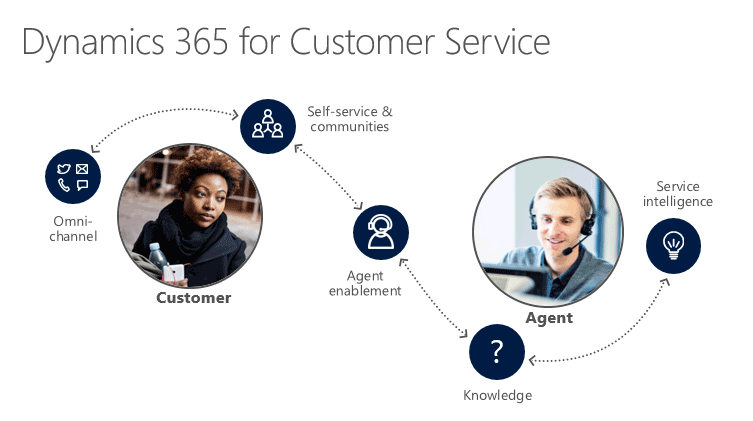In this course, we will learn to resolve a Case with the Power Automate in Dynamics 365. Before we start, make sure to subscribe to CRM Crate so that you stay up to date in the field of Dynamics 365 CRM.

Why do we need a customized Case resolution in Dynamics 365?
The Dynamics 365 for Customer Service provides an efficient out-of-the-box case resolution feature for its users. Although depending upon the business, there can be requirements where the out-of-the-box case resolution needs to be re-designed or changed.
For example, we need to fill two mandatory fields namely “Resolution Type” & “Resolution (Description / Text)” in-order to resolve the Case.

Consider the scenario where we do not want to use the OOTB field “Resolution” for resolving the Case which is not possible due to its managed properties as shown below.

Therefore, for such scenarios we can customize the Case resolution process as per the requirements using the below given custom Case resolution using the Power Automate.
Resolving a Case using the Power Automate –
In our scenario, we will use our own custom HTML Case resolution page which will be designed to display only one field “Resolution Type” for resolving the Case.
Below are the steps for resolving a Case using the Power Automate.
Step 1 – Create an Action (Process) in Dynamics 365 CRM.
- Open the Dynamics 365 CRM and open the customizations.
- In the customizations, navigate to the process and click on “+New” icon >> Automation >> Process >> Action as shown below.

- Click on the given link to learn more about Dynamics 365 CRM : https://www.crmcrate.com/action/
- Add the process arguments (Parameters) into an Action. In our scenario, we will use the “Resolution Type” as an input argument.
- Further, we will utilize the out-of-the-box step called “Change Status” based on the input arguments as shown below.

- Click on Save and Activate the process in the Dynamics 365 CRM.
- Now, the Case record will get resolved once our newly created Action process gets invoked.
Step 2 – Create a Power Automate Flow to invoke an Action process.
- Once an action is activated, we need a mechanism to invoke an action by passing appropriate input parameters. There are multiple ways of invoking an Action such as invoking from client-side JavaScript, server-side Plugins, Power Automate etc. For demonstration purpose, we will invoke our Action from the Power Automate flow.
- Open the Power Automate portal (https://flow.microsoft.com/) and create a new flow as shown below.

- You can trigger the flow as per your requirement. In our case we have trigger the flow with the HTTP request so that it can get invoked from both the JavaScript & the Plugins.
- Now, in-order to invoke our newly created Action process, select the “Perform a bound action” action from the Dataverse connector as shown below.

- We need to pass the essential parameters such as “Row ID” and our custom input argument “ResolutionType” in-order to invoke our action as shown below.
Row ID
The GUID of the Case record which needs to be resolved.

- Click on Save once the configuration is completed.
Validate the implementation in Dynamics 365 CRM
Since we have created a new Action process to change the case status and a new Power Automate flow to invoke an Action, lets us now validate the implementation in Dynamics 365 CRM as shown below.
Note: – In our scenario, we have designed a custom HTML page and implemented the above solution on the ribbon button “Custom Case Resolution” click of the Case form.

Thus, we learned to resolve a Case with the Power Automate in Dynamics 365.





